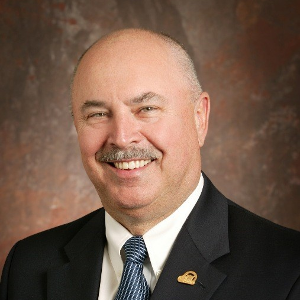January 31, 2024
With the recent accident in Eloy, Arizona and the tragic loss of 4 lives and severe injuries to another passenger, it is becoming apparent that we, as pilots, are still making the same old mistakes in measuring risk. I have been doing seminars for both the ballooning and the powered flight communities for over 25 years. I have done seminar programs on the Error Chain, Attitude, Risk Management, Accident Analysis, and a host of other topics, all focused on our human frailty as it relates to making evaluative, comprehensive decisions about every flight, every time. While we do not yet know what caused the Eloy accident, I for one am pretty sure that the human factor will come into play.
Going back to 2016 and the accident in Lockhart, Texas, the NTSB report is riddled with information indicating a series of not only bad decisions, but defective attitudinal traits exhibited by the pilot that ended up tragically for everyone on board. His was not only a case of making a bad weather call on the day of the flight, but there was also evidence of a history of continuation bias, based on complacency, departure from SOPs, violation of minimums or limitations all exacerbated by the hazardous attitudes of anti-authority, macho and invulnerability. Even a couple of these can easily get you injured or killed when related to aviation activities.
The real deal killer is, more often than not, based on normalization of deviance. These are operations that are repeated over and over again, and become normalized to the extent that it becomes routine, and complacency sets in. It doesn’t have to be an operation that is outside of either legal or compliant parameters. It might be an operation that involves additional risk, such as dropping skydivers from your balloon. You may perform this flight the same way a hundred times and it always works. However, if you add in one variable, for one flight, that you did not account for, it may change the dynamic of the entire flight profile and may also raise the risk to a level beyond that of past successful flights.
Every flight, every day, no matter how routine, should carry with it its own risk analysis, even if done in your head. Have I thought everything through? Does this flight profile present a change that in any way might increase risk? Is there anything in the weather that could change the dynamic of the flight? There are many more questions that you must ask yourself, every flight, every day, period, if you are to stay safe and keep your passengers safe.
As the NTSB and FAA proceed into the investigation phase of this latest tragic loss of life, we will once again, eventually, be made aware of the cause of the accident and we will once again have to ask the question…….could this happen to me? We, the pilots responsible for our own life and for that of our passengers, must do everything to make an informed analysis of every aspect of our flight.
Be careful out there.
Pat Cannon
BFA President





